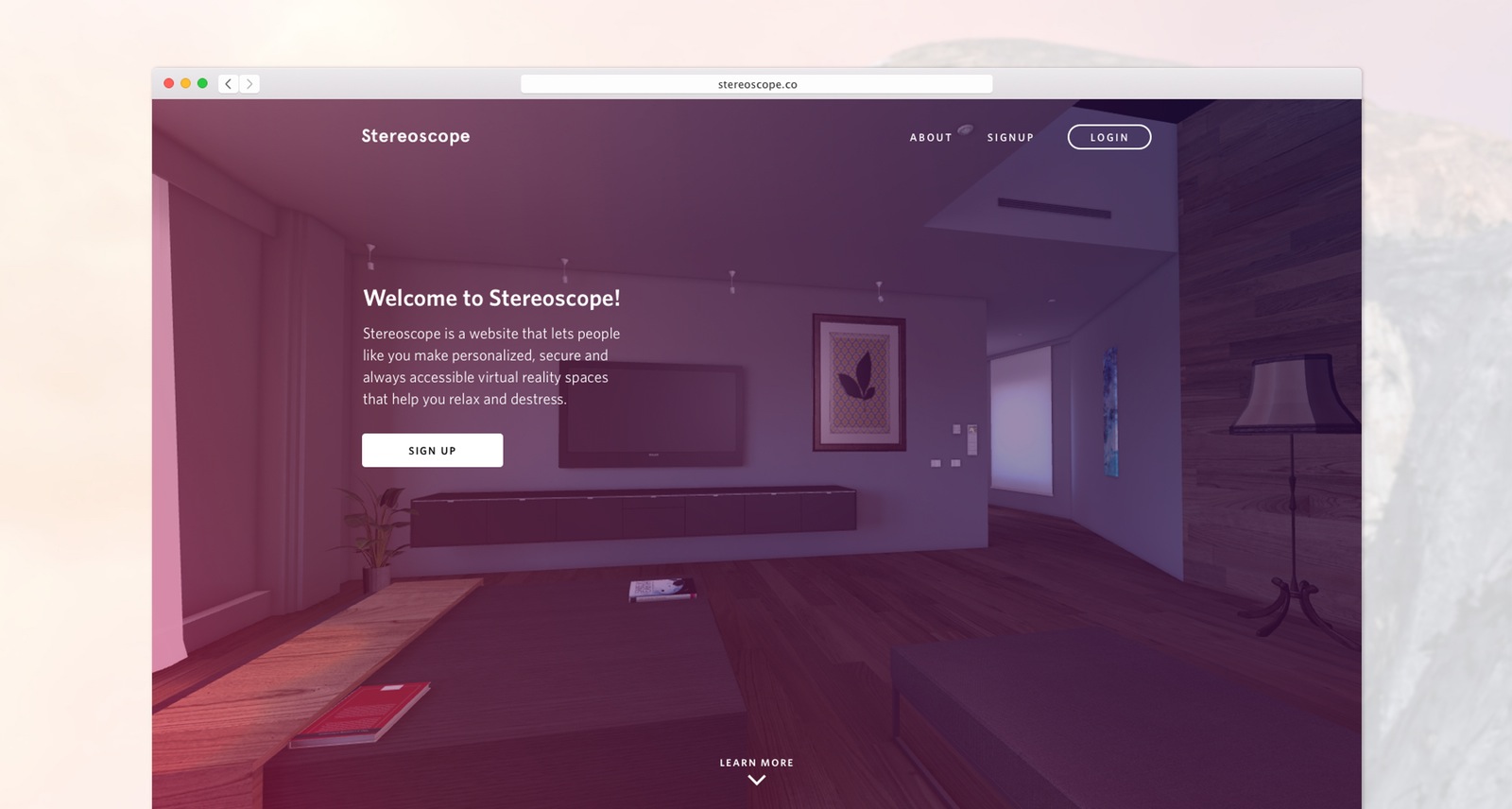
Formal Research
Drawing on seminal psychological, design and technological research texts a lengthily report was compiled. This report synthesized commonalities among the fields of Behavioural psychology, environmental psychology, spatial design, experiential design and imaging technology. In its summation, the report suggested that the three key items below are likely true:
In order for a person to experience a strong and emotional connection with a space, the space must meet three requirements:
It must be personalized to their unique tastes
It must be private and secure or provide a sense of security
It must be accessible when needed or wanted most
Strong, emotional and repeated spatial experiences, or lack thereof, can shape one’s concept of self and self-identity (especially in one’s formative years as a youth)
One’s concept of self and self-identity partially determines that individual’s social capabilities, or lack thereof
The research above essentially suggests that your strong, repeated spatial experiences involving a personalized, secure and accessible
Though the findings above may not seem impressive or impactful initially, they allow us to pose interesting questions that then reveal a noteworthy problem.
Assuming that all of the above is true, what are the ramifications of having very few strong spatial experiences with a home-like space? For example, if you’re a foster child who’s moved around a lot as a youth, how are you negatively
The Problem
Research suggests that youth and adolescents who don’t have strong and frequent spatial experiences involving their home are more likely to experience social shortcomings in their adult life.



